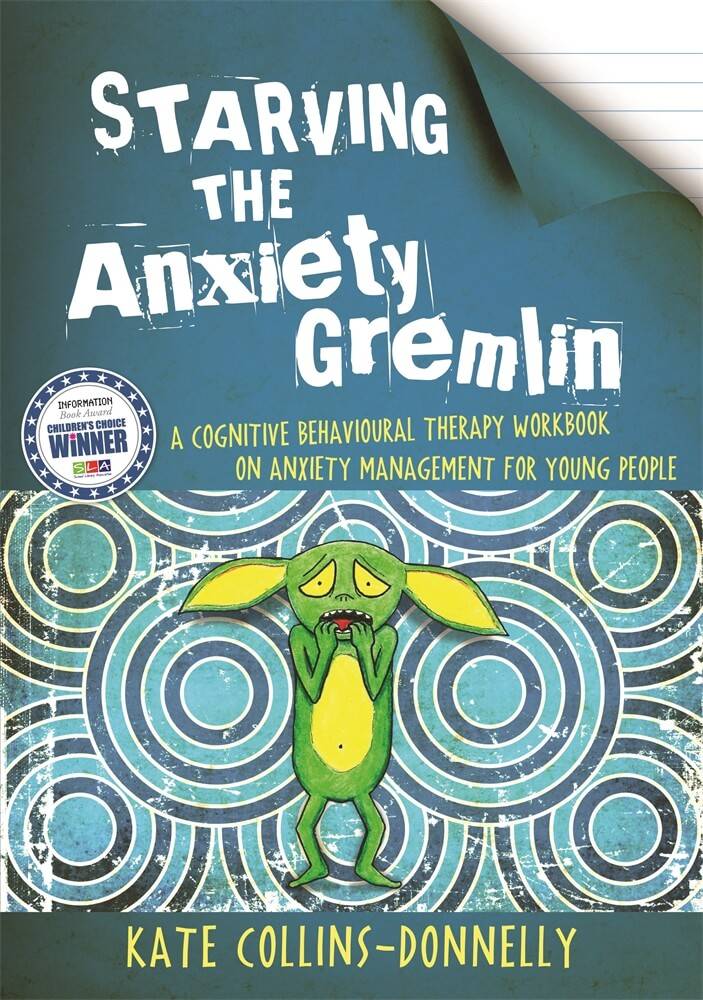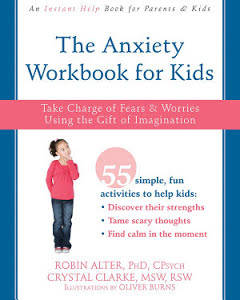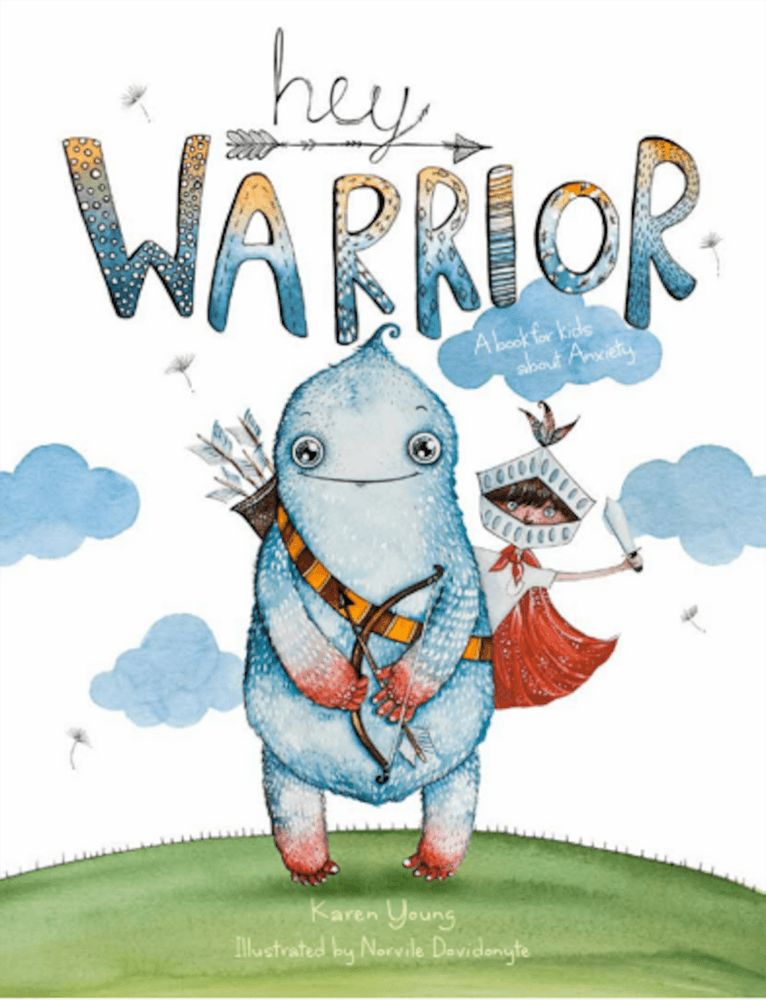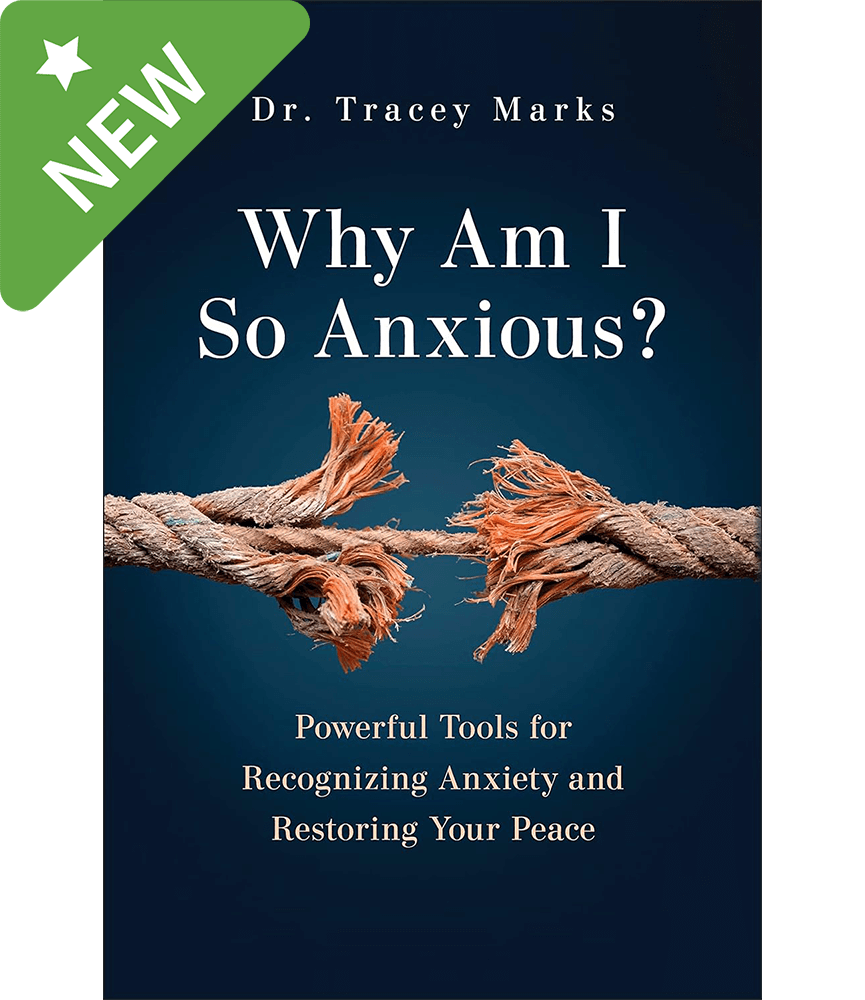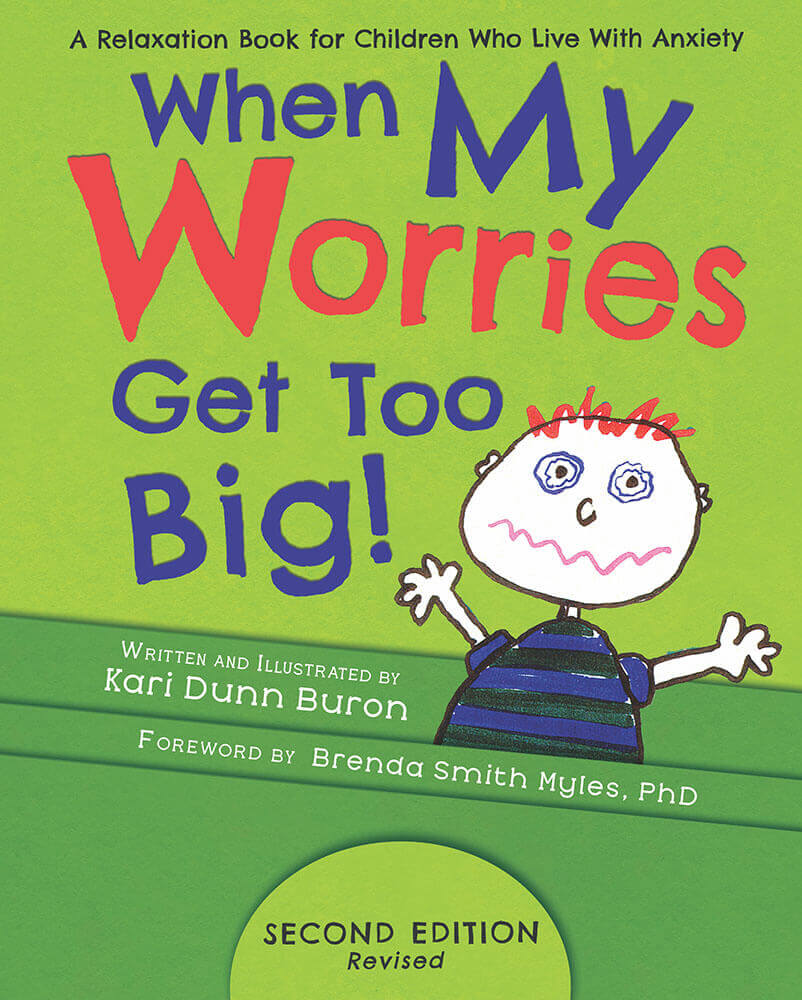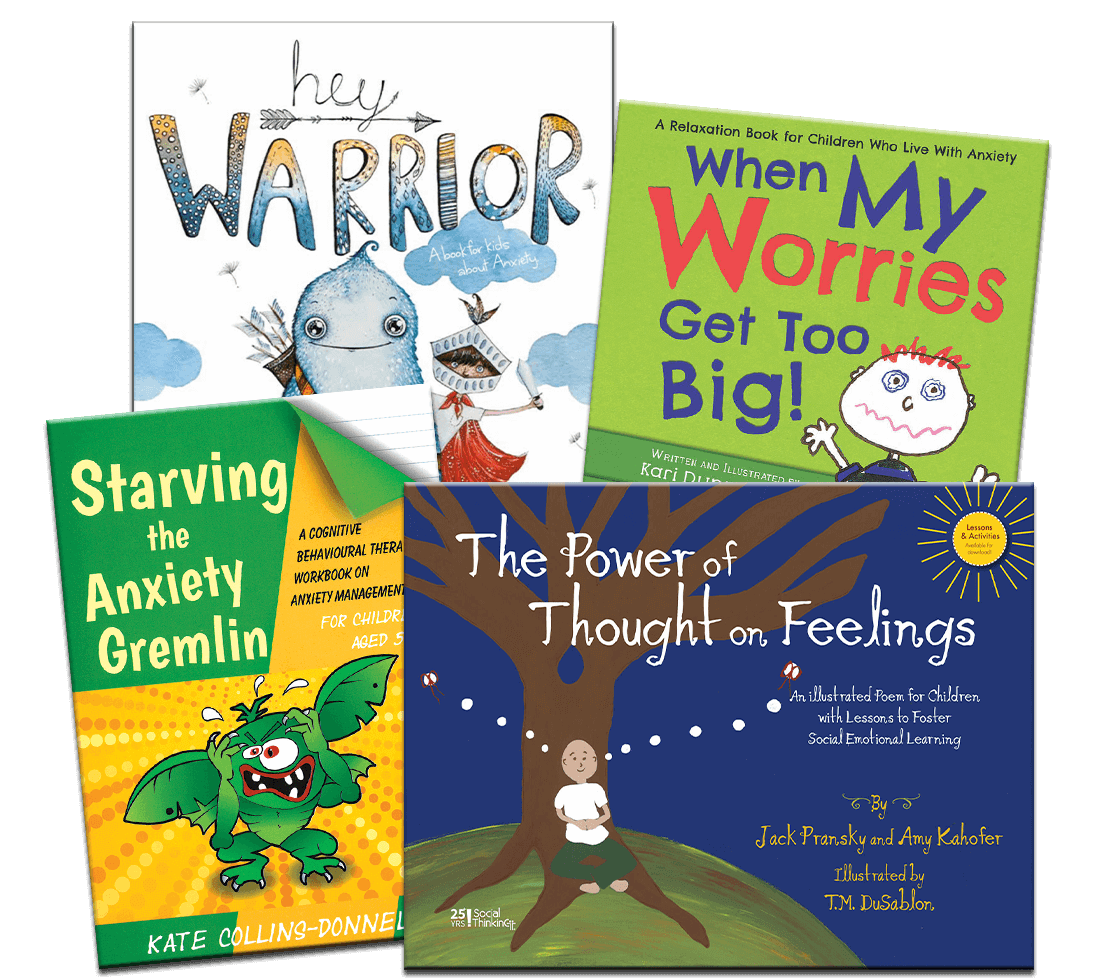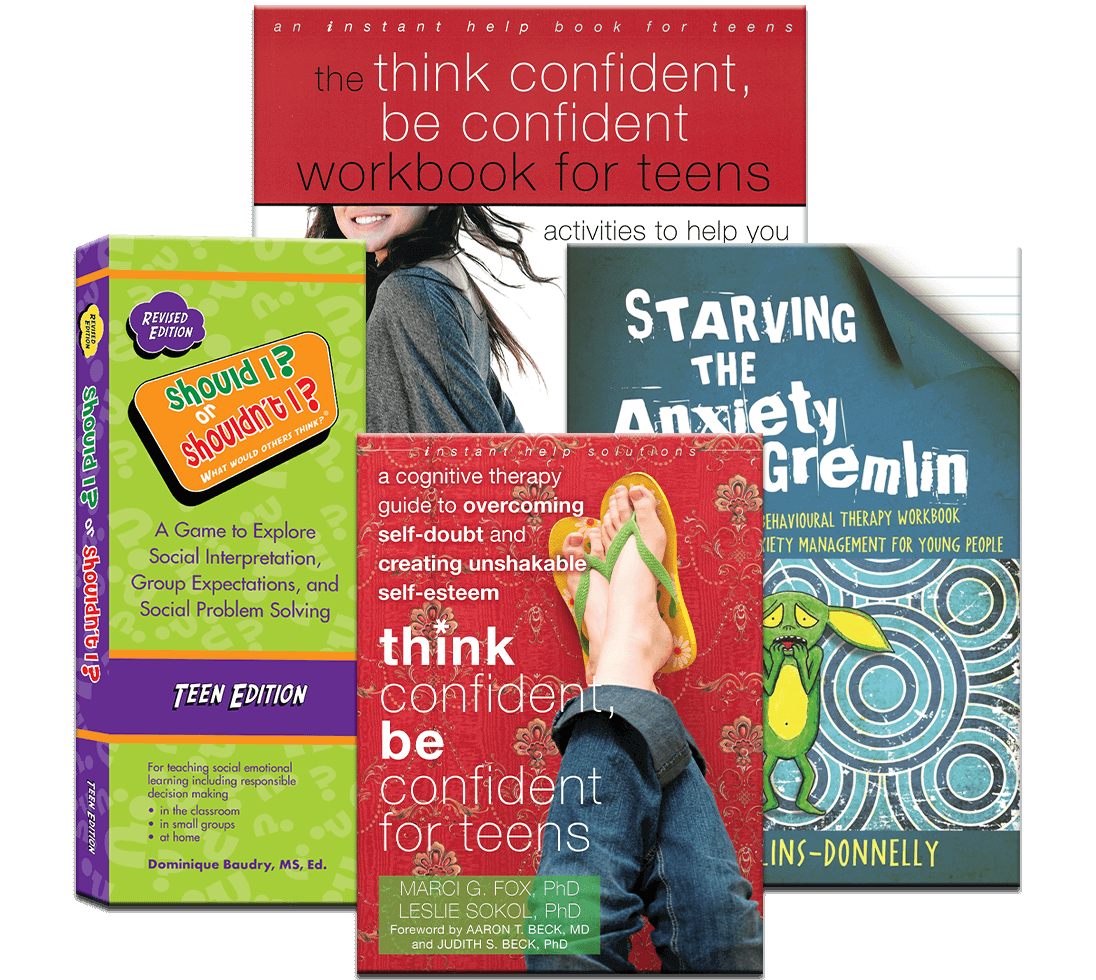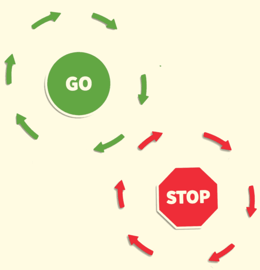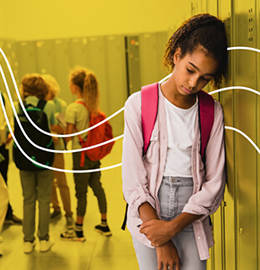© 2024 Think Social Publishing, Inc.
One of the tricky things about being with others, whether we know them or not, is that we can’t guarantee they will read our intentions in the manner we hope.
Cracking a joke to help lighten the mood during a serious conversation may turn out well if people relax a bit in response to it. However, some people may feel the joke was insensitive. Is it a risk worth taking, or should people avoid all behaviors that may be risky in this situation?
Consider that everything we do or say, and possibly what we don’t do or say, is perceived and interpreted by others. At times the message we are communicating is considered quite risky. That is, it may cause a problem for one or more people.
Sometimes, when we feel anxious, possibly because we don’t have a lot of practice doing or saying something, we may feel like we’re assuming a big risk. For example, individuals who have struggled to initiate interactions with others have improved their face-to-face communication with practice in a structured teaching setting. They begin to recognize the benefit of occasionally initiating small talk or a conversation and have built competencies to do so. Nevertheless, it still feels highly risky to them. Is there a risk? Why or why not?
If a speaker’s comments will likely result in upsetting the listener, the speaker needs to decide if the listener’s potential reaction is worth the risk of negative outcomes. But what if some people feel these comments are spot-on and need to be said? What potential level of risk would the speaker assume?
Whether a statement or a behavior is very risky depends on what’s happening in that context or situation. For example, is it a significant risk for a student to say something really mean but funny about another student in his class, who is unaware of what is being said? His classmates may laugh, but what if one of them posts the comments on social media? Will this negatively impact the speaker’s reputation? If so, is it worth the risk? What if this same teenager relates these meanspirited comments at home to his parents? Will he assume the same level of social risk in this situation?
Now imagine the context is in the workplace where an employee, Peter, makes meanspirited sarcastic comments about a coworker in the presence of other coworkers or company leadership. How risky would that be for Peter’s continued employment?
To help individuals figure out the perceived or potential level of risk related to actions or statements, we developed the Social Risk Scale. It’s a simple visual tool to empower people to make their own decisions related to their social goals. The top of the scale is the high-risk zone, indicating that it’s likely there will be negative outcomes for what is said or done. The middle of the scale indicates medium risk because the actions or words may lead to some negative outcomes. The lower part of the scale indicates minimal potential risk and, in fact, may be interpreted as being positive.
How to use the Social Risk Scale
When using the Social Risk Scale, consider different things you may say or do, or have said or done, and then place specific behaviors/statements on the risk scale. Once you’ve done that, consider why you rated specific actions/reactions the way you did.
The goal of this scale is for people to recognize that each person’s actions are interpreted by others, some resulting in very positive outcomes and others that may be perceived as problematic.
When considering the level of risk involved if a behavior or statement is made in a specific context, we need to use our imaginations to consider how others may interpret our actions. The size of the risk depends on the situation. If it’s imagined that a student’s teacher would feel verbally attacked by the student’s crude, explicit statement about her personal life in front of the class, that student is likely taking a significant risk and their behavior may be placed in the high-risk area of the Social Risk Scale. If a person holds a job, joking around with a friend about coworkers when they’re by themselves may be low risk, but saying these same comments in front of a group of one’s coworkers may be moderately to highly risky.
Many people avoid taking risks by purposefully avoiding doing or saying something that may reflect poorly on them. If a person succeeds in conveying an important message without causing a problem or exacerbating an existing problem, their actions or lack of actions, are likely considered a very low risk, and marked accordingly on the scale. The same can be said for actions, statements expressed, and/or those that a person chooses not to do or say to make a better impression on upon others.
On the following pages, you’ll find one example of a filled out Social Risk Scale and one blank Social Risk Scale for you to use and share with others. This scale has proven to be an excellent tool when encouraging teens and adults (young to mature) to consider different ways they can socially problem solve how they relate with others in ways that help minimize risks they may be taking.
Through the use of this tool, people are encouraged to ask themselves prior to doing or saying something they may think is potentially risky, if it’s worth the risk given the possible ways people may interpret one’s statements or actions and remember them over time.
About the Authors
Michelle Garcia Winner, MA,CCC-SLP and Pamela Crooke, PhD, CCC-SLP have collaborated for more than 18 years. They are two of our four keynote speakers at the 17th Annual Global Providers' Online Conference (recording available until July 20, 2024 at 5:00 PM Pacific). Michelle’s keynote will explore not only the Social Risk Scale but other tips for teaching executive functioning, self-reflection, social problem solving, and rallying one’s own motivation.
Pam’s keynote will empower learners to build self-awareness and self-regulation tools through the newly updated and expanded Superflex®2nd Edition Kit: Curriculum, Storybook, and Visuals.












